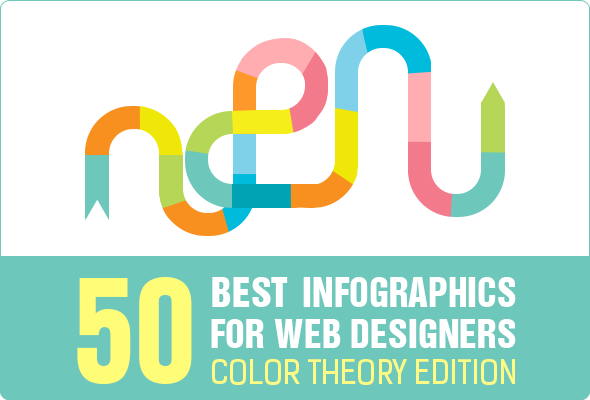Interested In Discovering Exactly How Web Site Style Has Changed Over The Years? Check Out The Development From Fundamental, Simple Styles To User-Centered Strategies That Focus On The Demands And Choices Of Online Visitors
Interested In Discovering Exactly How Web Site Style Has Changed Over The Years? Check Out The Development From Fundamental, Simple Styles To User-Centered Strategies That Focus On The Demands And Choices Of Online Visitors
Blog Article
Published By-Asmussen Wong
In the past, web sites were easy and focused on info. Navigation was direct, and layout was for desktops. Currently, customer experience is crucial. Data overviews designs for easy navigating. Receptive designs match various gadgets. Today, dark mode decreases strain, and minimal menus improve navigating. Interactive attributes involve individuals, and strong visuals attract attention. AI integration increases involvement. See exactly how design has advanced to boost your online journey.
Very Early Days of Web Design
In the very early days of website design, simpleness preponderated. Internet sites were fundamental, with restricted colors, typefaces, and designs. The focus was on supplying information rather than showy visuals. Customers accessed the web via slow-moving dial-up connections, so speed and functionality were essential.
Navigation food selections were straightforward, commonly located on top or side of the page. Sites were created for home computer, as mobile surfing wasn't yet widespread. Content was king, and designers focused on easy readability over complex style elements.
HTML was the main coding language used, and developers had to work within its restraints. Computer animations and interactive functions were marginal contrasted to today's standards. Web sites were static, with little dynamic material or customized customer experiences.
Surge of User-Focused Design
With the advancement of website layout, a shift in the direction of user-focused design principles has actually ended up being significantly noticeable. Today, developing web sites that prioritize individual experience is essential for involving site visitors and achieving service objectives. web design and development agency -focused style entails understanding the requirements, preferences, and habits of your target audience to tailor the internet site's format, web content, and includes accordingly.
Designers currently carry out extensive research study, such as customer studies and usability screening, to gather insights and feedback straight from users. This data-driven approach assists in developing user-friendly navigation, clear calls-to-action, and visually appealing user interfaces that reverberate with site visitors. By positioning the individual at the center of the layout procedure, websites can supply a much more personalized and satisfying experience.
Responsive style has additionally emerged as an essential aspect of user-focused design, making certain that sites are optimized for different gadgets and screen dimensions. This versatility improves availability and functionality, accommodating the diverse methods users engage with websites today. Basically, the increase of user-focused design indicates a change in the direction of producing electronic experiences that focus on the requirements and assumptions of the end user.
Modern Trends in Website Design
Discover the most recent patterns shaping web design today. One prominent fad is dark mode layout, supplying a streamlined and contemporary look while lowering eye strain in low-light environments. An additional key pattern is minimalist navigating, simplifying food selections and improving customer experience by concentrating on essential elements. Integrating you can look here -interactions, such as animated buttons or scrolling effects, can develop a more interesting and interactive website. Responsive layout continues to be important, making sure seamless individual experiences across various gadgets. In addition, making use of vibrant typography and asymmetrical designs can include visual interest and accentuate particular web content.
Integrating AI modern technology, like chatbots for consumer support or customized recommendations, boosts individual involvement and simplifies processes. Ease of https://emailmarketingicon27383.theobloggers.com/35990491/discover-the-art-of-crafting-headings-that-detain-interest-and-ctas-that-convince-leading-the-way-for-a-successful-pay-per-click-campaign has also become a substantial pattern, with developers focusing on inclusive layout practices to satisfy varied individual needs. Welcoming sustainability by maximizing internet site performance for speed and performance is one more emerging pattern in web design. Teaming up with customer responses and information analytics to iterate and improve design continually is vital for remaining pertinent in the ever-evolving electronic landscape. By embracing these modern patterns, you can create an aesthetically attractive, easy to use site that reverberates with your audience.
Conclusion
As you assess the advancement of website layout from the early days to currently, you can see how user-focused layout has come to be the driving pressure behind modern-day trends.
Embrace the journey of adjustment and adaptation in web design, constantly maintaining the user experience at the center.
Stay current with the most recent fads and innovations, and never stop evolving your method to create visually magnificent and easy to use sites.
Develop, adjust, and produce - the future of website design remains in your hands.
